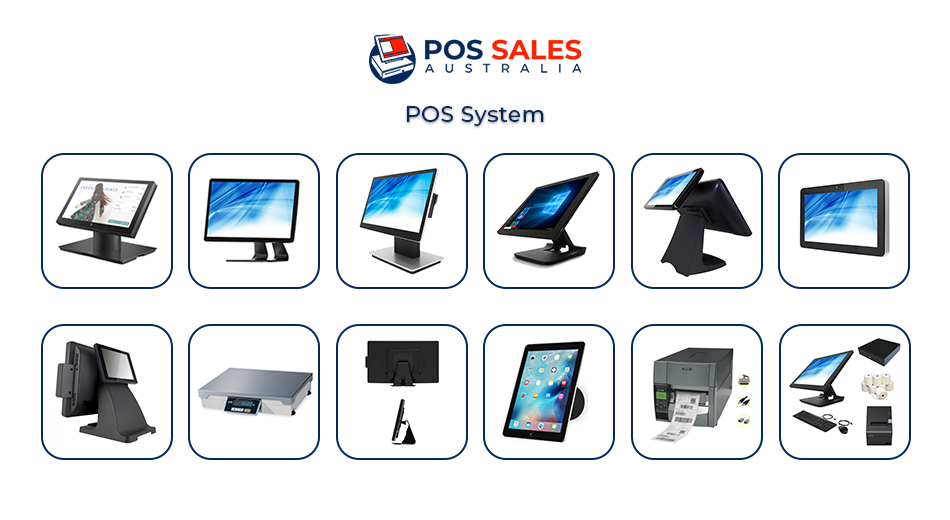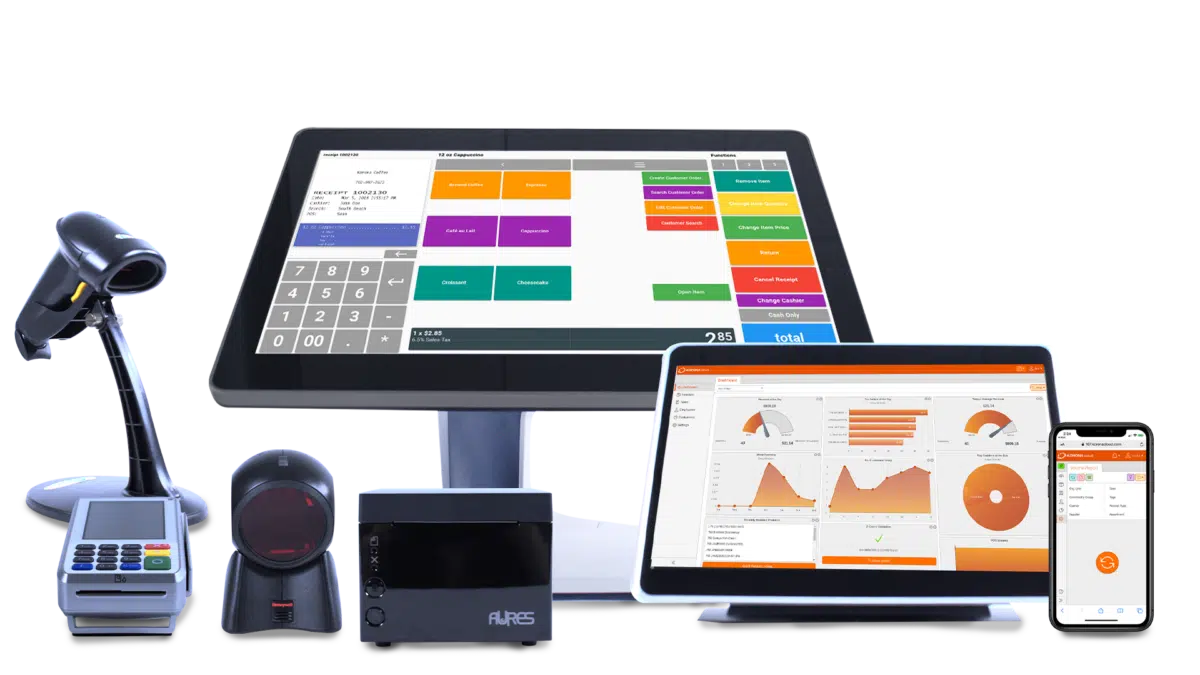How POS System Functions: A Comprehensive Guide for Organization Owners

Recognizing the Components of a POS System

Just How Sales Purchases Are Refined
When a customer chooses to make a purchase, the sales deal launches a collection of organized actions within the POS system. The cashier inputs the products being bought, which are checked with a barcode viewers or by hand gone into. This activity fetches product information, consisting of rates and relevant tax obligations, from the system's database.Next, the customer is presented with the total quantity due. The POS system after that processes the repayment, whether with money, debt card, or mobile settlement approaches (Restaurant POS Software). For digital repayments, the POS firmly interacts with settlement processors to authorize and validate the transaction.Once the payment is confirmed, the system generates an invoice, which can be published or sent out digitally. This receipt offers as receipt for the client. The purchase information is recorded in the system, ensuring exact sales documents and monetary tracking for the company.
Inventory Administration and Monitoring

Efficient stock administration and tracking are important components of a POS system, as they assure that businesses keep ideal stock degrees and minimize inconsistencies. A durable POS system permits real-time supply updates, showing sales and returns immediately. This enables company owner to check supply degrees accurately, making certain that preferred products are easily available while protecting against overstocking of less preferred products.Additionally, advanced POS systems offer attributes such as automatic supply informs and reorder tips, simplifying the purchase procedure. Barcoding and RFID modern technology improve accuracy in tracking stock movement, decreasing human error. Extensive reporting devices provide insights into supply turn over prices, helping companies make notified choices about buying and product offerings. Inevitably, effective stock management with a POS system not just improves operational effectiveness yet additionally improves customer fulfillment by guaranteeing item availability.
Assessing Consumer Information and Insights
Client data evaluation works as an effective device for organizations utilizing a POS system (Restaurant POS Software). By accumulating and examining purchase data, organizations can discover beneficial understandings about consumer actions and choices. This analysis allows them to recognize purchasing trends, peak purchasing times, and preferred products, thereby informing supply choices and advertising and marketing strategies.Additionally, organizations can segment their customer base, permitting individualized advertising and marketing efforts that deal with details demographics or purchasing practices. Understanding consumer commitment patterns additionally helps in creating targeted promos and rewards programs.The information amassed from a POS system can additionally disclose understandings right into consumer responses, allowing organizations to make informed decisions pertaining to item offerings and service improvements. Inevitably, leveraging client information efficiently can boost the overall purchasing experience, foster client fulfillment, and drive profits growth
Advantages of Implementing a POS System

Frequently Asked Inquiries
What Sorts Of Organizations Can Benefit From a POS System?
Different businesses take advantage of a POS system, consisting of retail shops, dining establishments, salons, and ecommerce platforms. These systems improve purchases, supply monitoring, and consumer information, improving functional performance and enhancing client experience throughout varied sectors.
How Much Does a POS System Commonly Cost?
The cost of a POS system usually varies from a couple of hundred to numerous thousand dollars, depending upon functions, equipment, and software. Companies have to think about recurring fees for maintenance, assistance, and purchase processing when budgeting.
Can I Incorporate a POS System With Existing Software?
Incorporating a POS system with existing software program is frequently possible. Numerous systems provide APIs or built-in compatibility attributes, enabling businesses to streamline procedures and boost capability by attaching different software applications successfully.
What Training Is Required for Staff to Utilize a POS System?
Training for team to use a POS system typically consists of understanding software functionalities, processing purchases, taking care of inventory, and dealing with customer interactions. Practical demonstrations and hands-on session enhance efficiency and confidence in operation the system properly.
What Occurs if the Internet Decreases While Making Use Of a POS System?
Deals might be interrupted if the web goes down throughout POS system use. Numerous site web systems supply offline abilities, permitting standard operations to proceed, yet complete performance, consisting of real-time supply updates, will be restricted. A Factor of Sale (POS) system is composed of several crucial components that function together to take care of and assist in purchases business procedures. Efficient supply management and monitoring are necessary elements of a POS system, as they ensure that services maintain suitable supply degrees and lessen inconsistencies. Customer information analysis serves as an effective tool for businesses using a POS system. Comprehending customer loyalty patterns also helps in creating targeted promotions and benefits programs.The data amassed from a POS system can also reveal understandings right into consumer responses, making it possible for businesses to make informed decisions pertaining to product offerings and service improvements. Applying a POS system uses various advantages that can considerably boost organization operations.